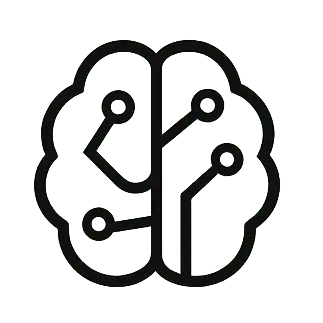TLDR: As generative AI rapidly integrates into enterprises, a new paradigm is emerging where individuals skilled in guiding AI systems, dubbed ‘teachers,’ are becoming as crucial as traditional engineers. This shift emphasizes ‘AI enablement’ and ‘PromptOps’ – the strategic crafting and management of prompts to optimize AI performance and ensure alignment with business objectives, highlighting the critical need for proper AI onboarding and governance.
In a rapidly evolving technological landscape, the role of the ‘teacher’ is gaining unprecedented importance, positioning them as the new engineers in the era of artificial intelligence. This transformation, highlighted by VentureBeat, underscores the rise of ‘AI enablement’ and ‘PromptOps’ – the specialized field of designing and managing prompts to effectively guide AI systems. As generative AI moves from experimental stages to widespread enterprise adoption, the demand for individuals skilled in optimizing AI interactions is skyrocketing.
The article, published on October 19, 2025, emphasizes that while companies invest heavily in training human employees, a critical oversight often occurs with AI assistants: a lack of proper onboarding. Unlike traditional software, generative AI is probabilistic and adaptive, learning from interactions and susceptible to ‘model drift’ if not continuously monitored and updated. This inherent characteristic necessitates a new operational discipline, where ‘teachers’ play a pivotal role in keeping AI aligned with fast-moving business goals.
Research indicates a significant acceleration in AI adoption from 2024 to 2025, with nearly a third of companies reporting a sharp increase in usage and acceptance. This rapid integration necessitates robust governance for probabilistic systems, moving beyond mere wishful thinking. Microsoft’s internal Copilot rollout serves as a prime example of this operational discipline, featuring centers of excellence, governance templates, and executive-ready deployment playbooks.
Key to successful AI enablement is a practical onboarding checklist. This includes meticulously writing job descriptions for AI systems, defining their scope, inputs/outputs, tone, red lines, and escalation rules. Furthermore, grounding the model through techniques like Retrieval-Augmented Generation (RAG) or MCP-style adapters is crucial. This connects AI to authoritative, access-controlled sources, preferring dynamic grounding over broad fine-tuning to ensure accuracy and relevance.
Also Read:
- Companies Significantly Boost AI Training for Experienced Professionals in FY25
- Context: The Core Driver for AI’s Evolution from Pilot to Production
The article stresses that generative AI requires more than just data or computational power; it demands guidance, clear goals, and strategic growth plans. By treating AI systems as ‘teachable, improvable, and accountable team members,’ enterprises can transform the hype surrounding AI into habitual, tangible value. This shift also brings to the forefront the importance of vector databases, once niche research instruments, which have now become widely used infrastructure powering semantic search, recommendation engines, anti-fraud measures, and generative AI applications across diverse industries.


